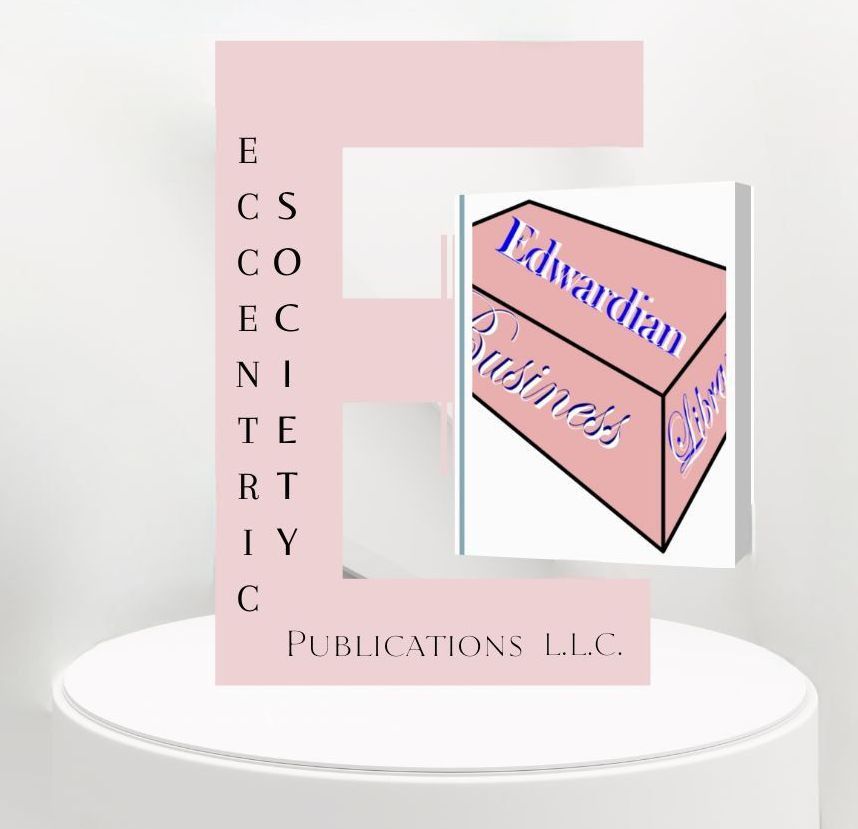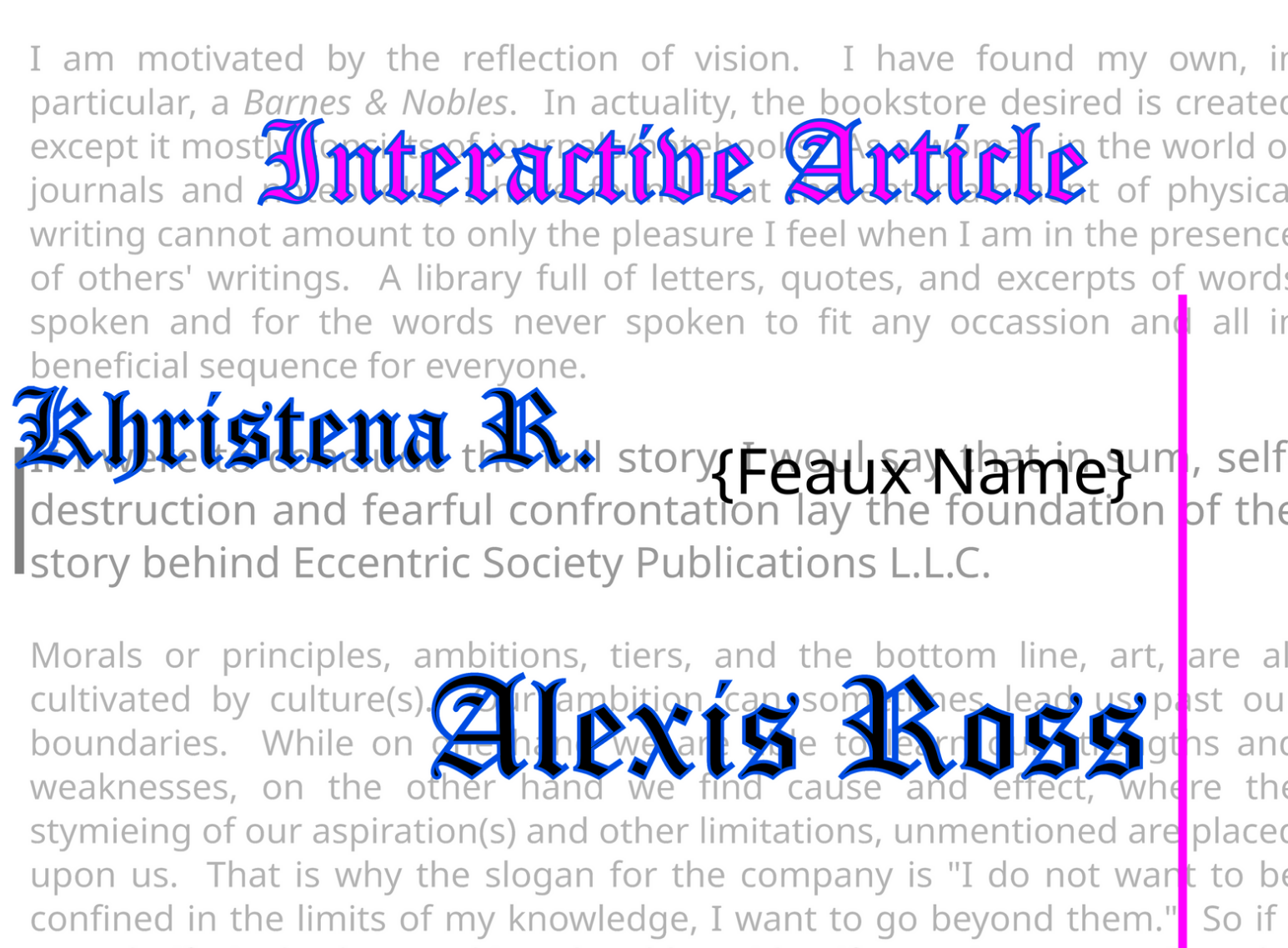Receiving Interpersonal Conflict to Lower Loss of Staff
Outside Discussions and Thoughts
Receiving Interpersonal Conflict to Lower Loss of Staff
It is essential to identify and resolve conflicts between various organizational techniques. Employee discontent and eventually greater turnover rates can result when they discover that their own organizational strategies conflict with the company's overall practices. People who use organized methods, such as time blocking, prioritized to-do lists, and the Eisenhower Matrix could find it difficult to adjust to a model of top-down leadership that often rearranges priorities without providing adequate notice.
Organizations must make an effort to match their operating procedures with the various needs of their workforce in order to lower turnover. This entails creating an atmosphere at work that values and accepts a variety of working methods, promotes candid communication, and sets clear, consistent standards. By doing this, businesses can promote an atmosphere at work where there is less conflict and people are encouraged to persevere in appreciation and understanding.
To effectively address the challenges that arise from differing organizational methods, it’s crucial for businesses to incorporate an analysis of these “friction points” into regular employee evaluations. By adding a dedicated section or specific questions that assess where and how these conflicts manifest, managers and supervisors can gain deeper insights into the root causes of employee dissatisfaction. For example, evaluations could include prompts like, “How do you feel about the current decision-making processes within the team?” or “Do you encounter any difficulties in balancing the expectations of rigid versus agile methodologies in your daily tasks?” These questions can help identify areas where organizational practices may be misaligned with an employee’s working style, offering a starting point for meaningful dialogue.
Once these points are identified, managers can proactively develop targeted strategies to address them. This might involve adjusting workflows, offering additional support, or fostering a more collaborative environment. By taking the initiative to understand and resolve these conflicts, organizations can not only improve employee satisfaction but also enhance overall productivity and retention.
Ultimately, reducing staff resignations entails an awareness of how organizational policies impact worker fulfillment. By stimulating a culture of understanding and adaptability, organizations can improve the resilience and success of their workforce in a dynamic business environment. Aggressively resolving potential points of friction and incorporating these challenge points into employee evaluations will also benefit the manager by providing a means of meaningful dialogue.
Outside Discussion & Thoughts
Organizational disunity has been a persistent issue, with discussions dating back to 2016 highlighting its detrimental effects on trust, engagement, and employee well-being. Despite these warnings, many companies continue to grapple with internal conflicts, often stemming from mismatches between personal organizational methods and broader business practices. When these two approaches clash, they can lead to confusion, inefficiency, and a lack of cohesion within teams.
However, recent conversations, such as those led by Bob Sutton through The Friction Project at BCG Henderson Institute, suggest that these subtle tensions can actually be harnessed as tools for engagement. By addressing these challenges directly, businesses can transform potential setbacks into opportunities for growth and collaboration.
Moreover, it’s essential that an organization’s turnover rates reflect an understanding of these tension areas and incorporate them into employee appraisals. Recognizing and addressing these issues can lead to more accurate assessments of employee satisfaction and productivity, ultimately reducing turnover.
Reflecting on my personal experiences, I realize I missed an opportunity to leverage a platform designed to enhance employee-employer relationships. My hesitation stemmed from valuing direct observations over hearsay—an approach that, in hindsight, may have been shortsighted. During this period, I struggled to advocate for myself effectively, despite my intention to address concerns. I needed time to articulate my thoughts clearly, believing that performance appraisals could provide deeper insights into an employee’s role and growth opportunities by focusing on their specific skills and performance. This experience underscores the importance of integrating such evaluations into the feedback process to ensure a comprehensive understanding of employee potential.
In another instance, I was training as a receptionist and encountered an organizational challenge with my trainer. The conflict arose between our differing organizational methods. While I adapted to the trainer's approach, I was also balancing two jobs and furthering my skill set. The issue between us was minor but had a significant impact on our work culture. I was forced to choose between staying in my advanced placement and continue advancing or reverting to a job with limited growth potential. As someone who values thoughtful decision-making, I chose the latter, as it aligned more closely with my immediate needs, though not with my long-term goals. This experience highlights how misaligned values between an employee and an organization can affect career choices and satisfaction.
The development of evaluation tools has proven valuable within the writing community and has influenced other industries as well. Self-evaluation requires only a slight push in the right direction to help you build a career you love. The key is to align your main career goals, talents, and skills with the opportunities available. How will you create a fulfilling career path for yourself?
As we look toward the future of our businesses, particularly those with the close-knit dynamics of a family-run enterprise, it's more important than ever to make informed decisions that balance individual and collective organizational needs. If you find yourself navigating similar challenges, I strongly encourage you to explore the Edwardian Business Library’s approach to organizational methods. This isn't just another resource; it’s a transformative tool designed to align your team’s strengths with your company’s goals.
Take the next step toward creating a more cohesive and productive work environment by trying our
Personal Organizational Methods quiz. This practical tool is tailored to help you identify and implement the strategies that will not only enhance your team’s performance but also foster a culture of understanding and adaptability. Don’t let organizational tensions hold your business back—equip yourself with the insights and tools needed to turn potential challenges into opportunities for growth. Start today and see the difference that a well-aligned, motivated team can make in achieving your business goals.





